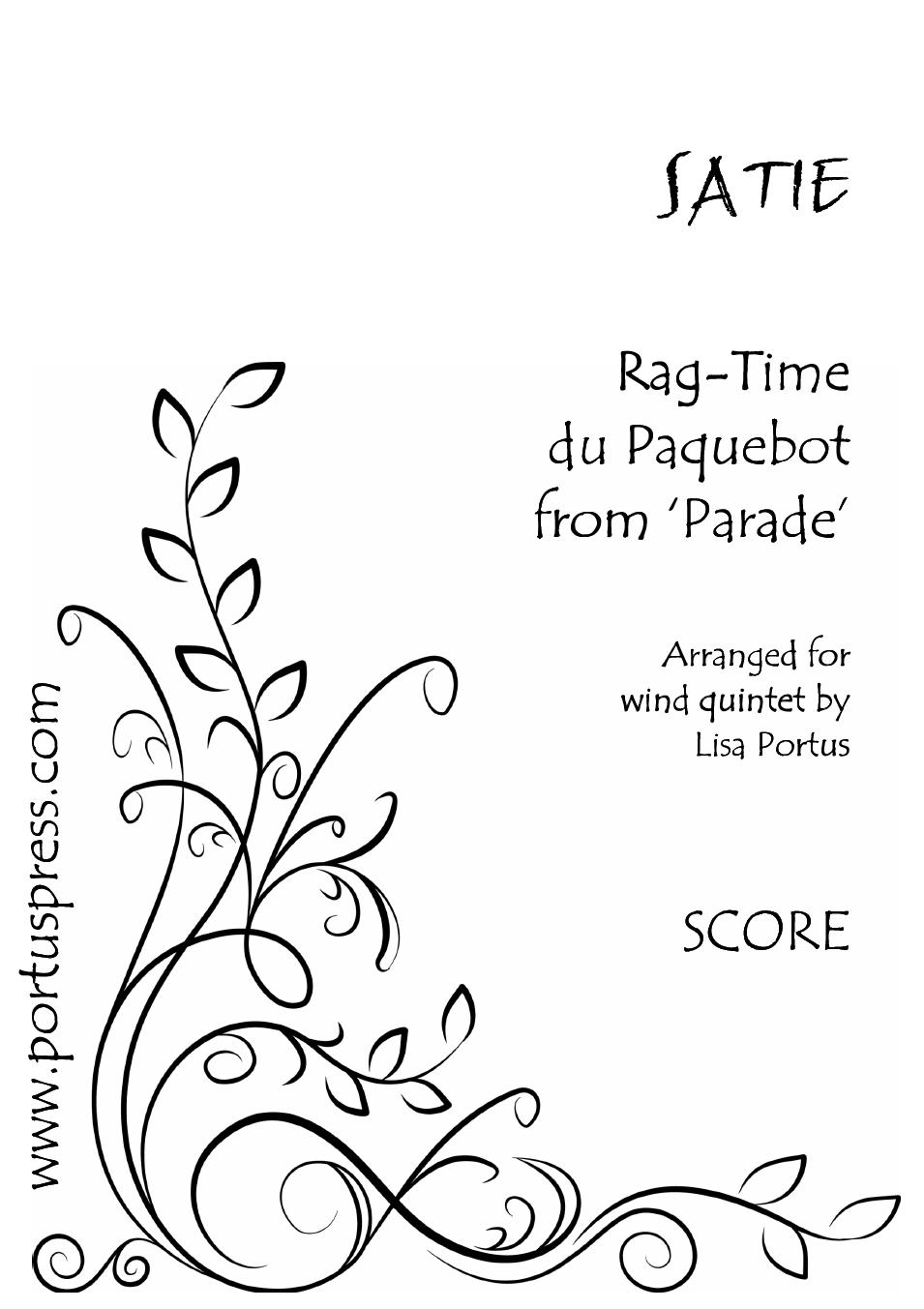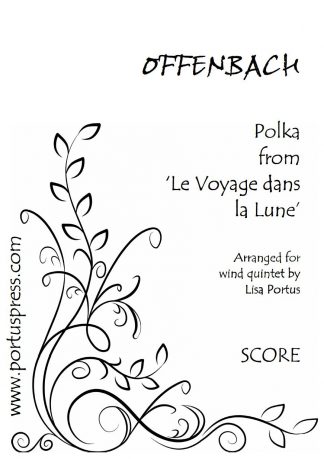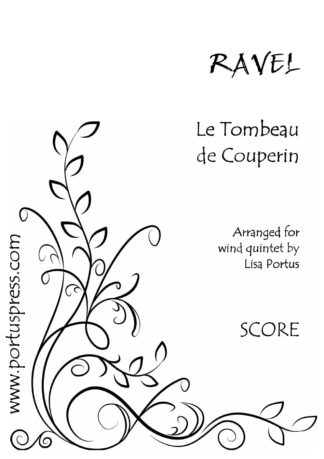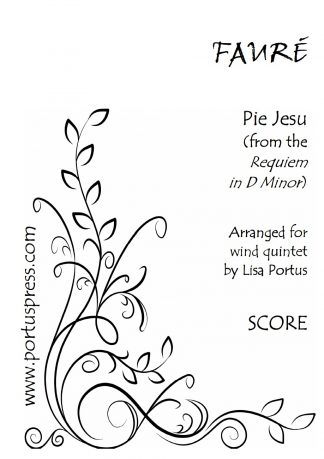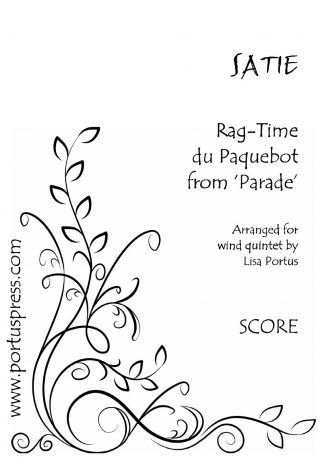Description
The French composer Erik Satie was an eccentric but highly influential figure in early 20th century Paris. The 1916 ballet Parade (of which Rag-Time du Paquebot forms part) was commissioned by Diaghilev’s Ballets Russes and was a collaboration between several notable figures: Satie (music), Cocteau (scenario), Picasso (sets and costume design) and Massine (choreography). It was a ground-breaking work, intended to court controversy, including as it did several “noise-making” instruments including a typewriter, a foghorn, water splashes and pistol shots. Even the original programme notes were avant-garde – coining the term “surrealism” in its description of the ballet. At the time, and despite the ballet’s paper credentials, Parade did not achieve critical acclaim but did generate scandal: Satie was sent to prison for eight days after writing a particularly abusive postcard to a critic who gave Parade an unfavourable review!
Whilst Satie drew much inspiration from cabaret and music hall he was also fascinated by American musical styles. One of these styles, Ragtime, with its distinctive syncopated rhythms, is more than evident in the Ragtime du Paquebot (Steamboat Rag) and is itself practically a copy of Irving Berlin’s That Mysterious Rag.
Parade was originally written for two pianos and an assortment of percussion and was later orchestrated. Ragtime was subsequently adapted for piano solo, attaining considerable success.

